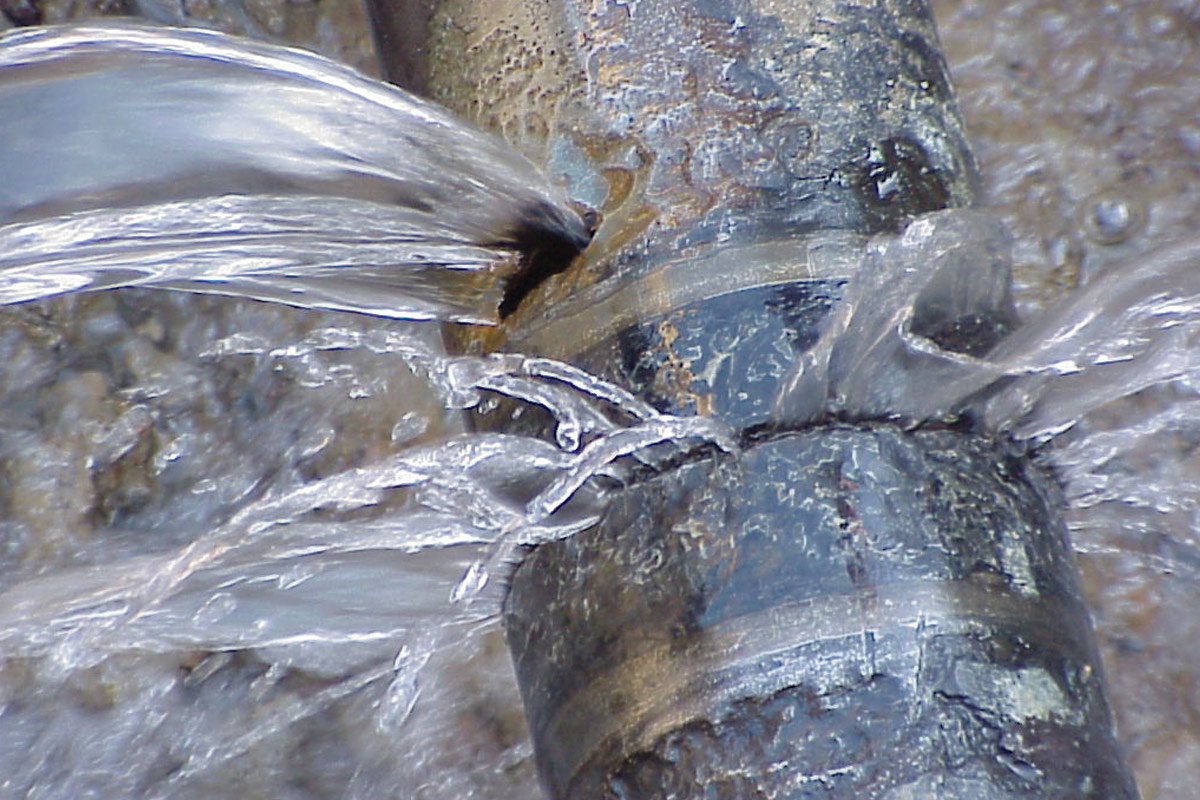
Rehabbing Laterals in Large Diameter Pipe – Niche Projects Require Tailored Approach
When discussing the relining of service laterals, it boils down to this: It’s typically a small diameter (4- or 6-in.) line that is relatively shallow and a short run. However, depending on the geographic location – if there is a basement or no basement – of these small diameter lines, they can reach depths up to 10 ft or greater and extend out past 100 ft. The work takes place on the private side from the property line or cleanout to the building or on the system owner’s side from the mainline to property line or a cleanout.
These relining projects are done every day across North America and are part of a growing and critical segment of the trenchless industry — either as property owners look for less intrusive ways to repair their sewers, or as system owners look at areas where they can reduce inflow and infiltration (I&I) into to their systems. The latter is often done in conjunction with mainline sewer repair work.
Lateral connections to larger diameter sewers is an area of lateral rehabilitation that is growing — but still a niche market making up a small percentage of the overall work. These connections were either ignored or were repaired using a more traditional open-cut replacement because of access issues in the past.
BLD Services of Kenner, Louisiana is one of the contractors working in this type of arena. BLD crews have completed projects over the last several years involving the rehabilitation of service laterals in larger diameter sewers in multiple states, including Florida, Kentucky, Ohio and Tennessee.
“We reline about 18,000 laterals in a year,” says Jacob Trapani, vice president of BLD Services. “Of those, probably 500 are connected to large diameter pipes. It’s out of the ordinary for sure.”
Trapani reiterates that this is a small segment of the market, noting it’s typically found involving older sewer systems and in areas that had combined sewer systems. The location of a property on a gravity fed system is one scenario that leads to this occurrence.
He explains that the laterals connect to a more typical section in an 8- to 10-in. pipe, which is typically in the upstream portion of the system. The depth and diameter increase to address capacity as the sewer moves downstream.




